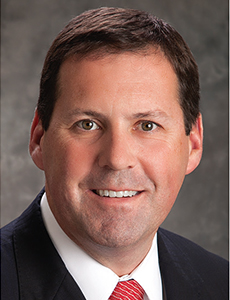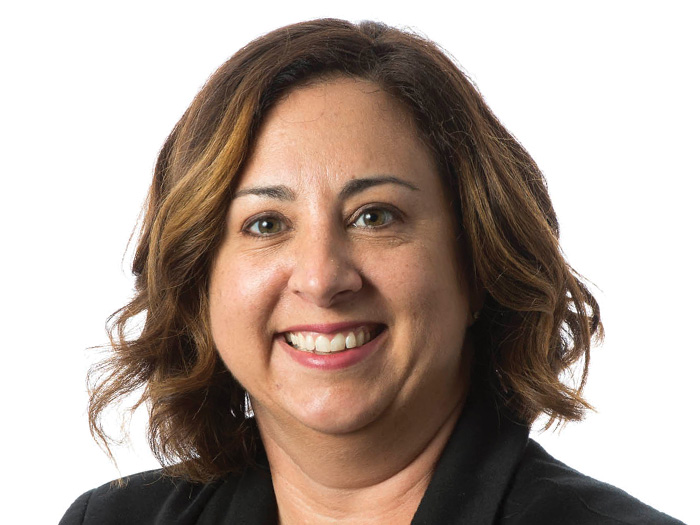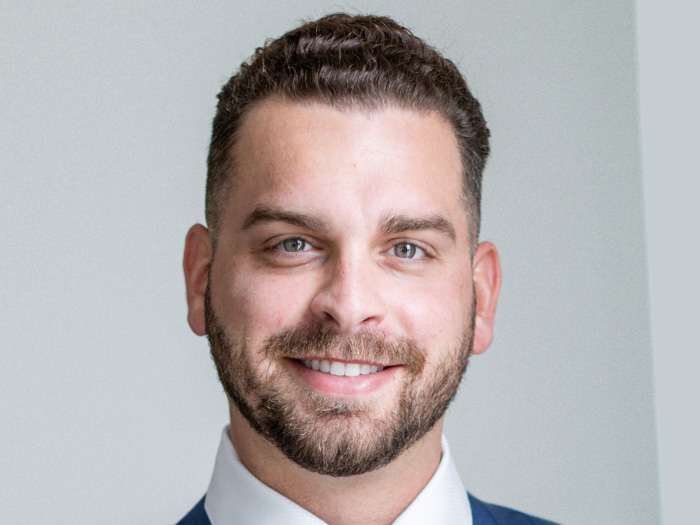NAPSLO 2017
Surplus Lines Growth Slows

The excess and surplus (E&S) lines market is between a rock and a hard place.
Depressed interest rates and a soft market driven by fierce competition, lack of a big catastrophic event and unprecedented levels of available capital have combined to squeeze margins further and have forced some players to pull back or exit the sector altogether.
Total surplus lines direct written premiums increased by the smallest amount in five years, up 2.5 percent in 2015, ending two straight years of underwriting gains, according to analysts. However, the market as a whole has more than doubled over the last 20 years from 3.4 percent of total property/casualty (P&C) direct written premiums in 1995 to seven percent in 2015.
As a percentage of commercial lines direct written premiums, surplus lines insurers also increased their share from 6.3 percent to 14.2 percent over the same period.
“With the demonstrated capability to effectively assess new exposures and the flexibility to tailor terms and limits to meet coverage standards, we believe that the surplus lines market will continue to assert its value in the property/casualty insurance marketplace,” an analyst said.
And with a planned merger between the National Association of Professional Surplus Lines Offices (NAPSLO) and the American Association of Managing General Agents (AAMGA), due to come into force before this month’s annual NAPSLO convention in San Diego, there has arguably never been a more opportune yet challenging time to be in the E&S market.
“An abundance of capital, low interest rates and a super competitive marketplace have all conspired to create a challenging set of headwinds,” said Jeremy Johnson, president, U.S. Commercial, AIG.
“Although we believe that the $40 billion E&S market will likely outperform the standard market in 2017, it’s certainly a market beset with a host of familiar challenges.”
Key Challenges
Property was worst hit, with rates falling between 10 and 12 percent, said David Bresnahan, executive vice president, Berkshire Hathaway Specialty Insurance.
“Property remains the softest category by far with the most competition and as a result it has suffered continued rate reductions for several years now,” he said. “In financial lines, primary and lead lines are stable, but excess executive lines are under very heavy competition, while med mal and casualty are the most stable.”
Jim Auden, managing director of Fitch Ratings, said that pricing and competition, particularly from the wider P&C market, were the two biggest challenges facing the E&S industry.
“Profitable avenues of business growth are getting harder to find in E&S,” he said.
“In this part of the market underwriting cycle, admitted carriers’ efforts to maintain premium volume lead them to creep further into what was previously considered E&S space, further pressuring the E&S market.”
Consolidation
E&S market leader Lexington pulled back last year as its direct written premiums fell to $3.76 billion from $4.66 billion in 2015, resulting in its market share shrinking to 12.6 percent from 15.6 percent over the same period.
It is expected to continue to reduce its net written premiums because of unsatisfactory rates.
There has also been an increase in M&A activity led by Japanese insurer Sompo Holdings’ $6.3 billion takeover of Endurance Specialty Holdings.
Allied World Assurance Co. Holdings AG also announced its pending sale to an investor group led by Fairfax Financial Holdings for $4.9 billion, and Liberty Mutual agreed to a $3 billion deal to buy Ironshore from Fosun International Holdings.
“In financial lines, primary and lead lines are stable, but excess executive lines are under very heavy competition, while med mal and casualty are the most stable.” — David Bresnahan, executive vice president, Berkshire Hathaway Specialty Insurance
“I think more capital is and will continue to find its way into E&S, especially in the short tail lines and property,” said AIG’s Johnson.
Despite all of the challenges faced by the E&S market, there are still pockets of opportunity.
Among the biggest growth areas are private flood, drones, the service economy and robotics. But the biggest opportunity is cyber, said Terry Leone, manager, insurance research at S&P Global Market Intelligence.
“Standalone insurance almost doubled in 2016 from $488 million to $911million,” he said. “The more cyber attacks there are, the more demand there will be for protection.”
James Drinkwater, president of AmWINS brokerage and one of NAPSLO’s wholesale broker directors, added: “People are now starting to buy whereas last year they were just getting quotes.”
Innovation brings opportunity, but Bresnahan said that companies need to concentrate on getting the basics right.
“Carriers need to spend more time on the basics like getting policies issued quickly, paying claims without reservation and generally being a little bit more responsive,” he said.
“That has certainly been the feedback from customers who would prefer the industry gets the basics of service and claims right first.”
NAPSLO/AAMGA Merger
One of the key developments in the E&S market this year was the proposed merger between NAPSLO and AAMGA to form the Wholesale and Specialty Insurance Association (WSIA).
It was a no-brainer, said AAMGA president Corinne Jones, given that 76 percent of AAMGA members also have a NAPSLO membership and 48 percent of NAPSLO members are affiliated with AAMGA.
“The potential synergies of merging the AAMGA and NAPSLO, together serving the entirety of the wholesale, specialty and surplus lines insurance marketplace, became a common sense opportunity the organizations had to explore,” she said.
“WSIA will be highly effective in promoting the value of wholesale distribution with a stronger, unified voice on behalf of its members.”
Jones said that WSIA will provide a simplified menu of programs and services, a stronger, unified voice in its legislative and regulatory advocacy and improved synergy in committee and volunteer work.
Among the biggest regulatory hurdles yet to be overcome by the new organization is the Flood Insurance Market Parity and Modernization Act of 2017, which is awaiting approval.
Brady Kelley, executive director at NAPSLO, said that NAPSLO continued to focus on lobbying Congress about the Act, enabling the E&S market to continue providing coverage for unique and complex flood risks not available through the National Flood Insurance Program or on the standard market.
Another issue, he said, is lobbying Congress to reform provisions from the Dodd Frank Act in order to maintain the Nonadmitted and Reinsurance Reform Act in its current form.
“We have encouraged members to support H.R. 871, which eliminates unnecessary FATCA (Foreign Account Tax Compliance Act) reporting for the property and casualty industry, and we are asking senators for help in quickly confirming any nominees to the board of the National Association of Registered Agents and Brokers and to allow it to begin the implementation process,” he said. &












